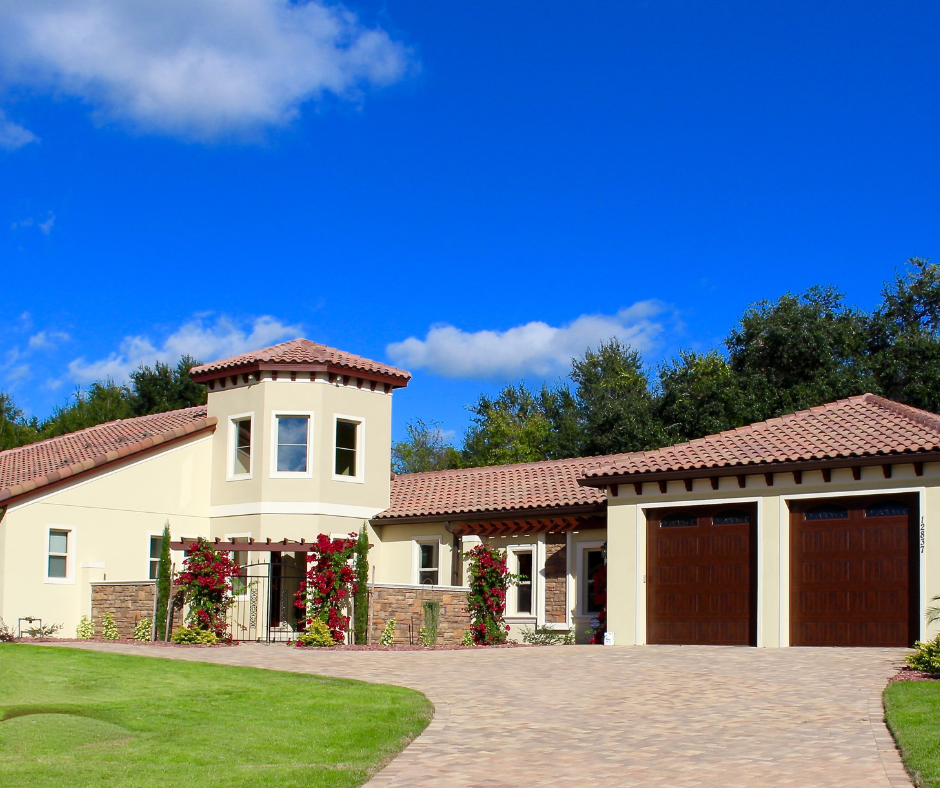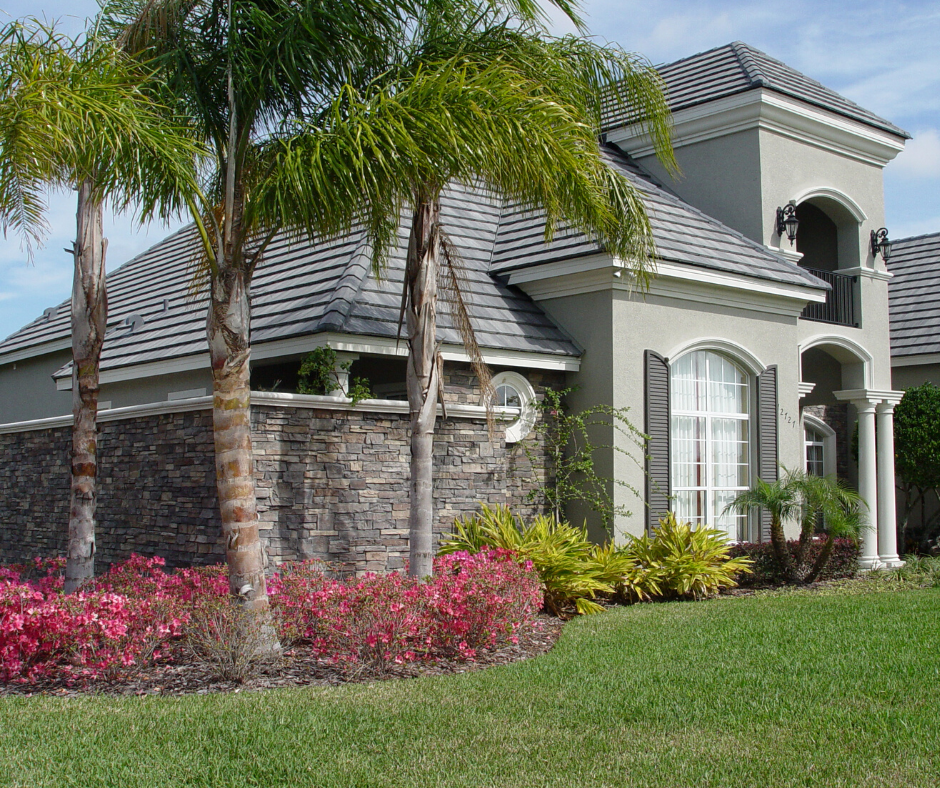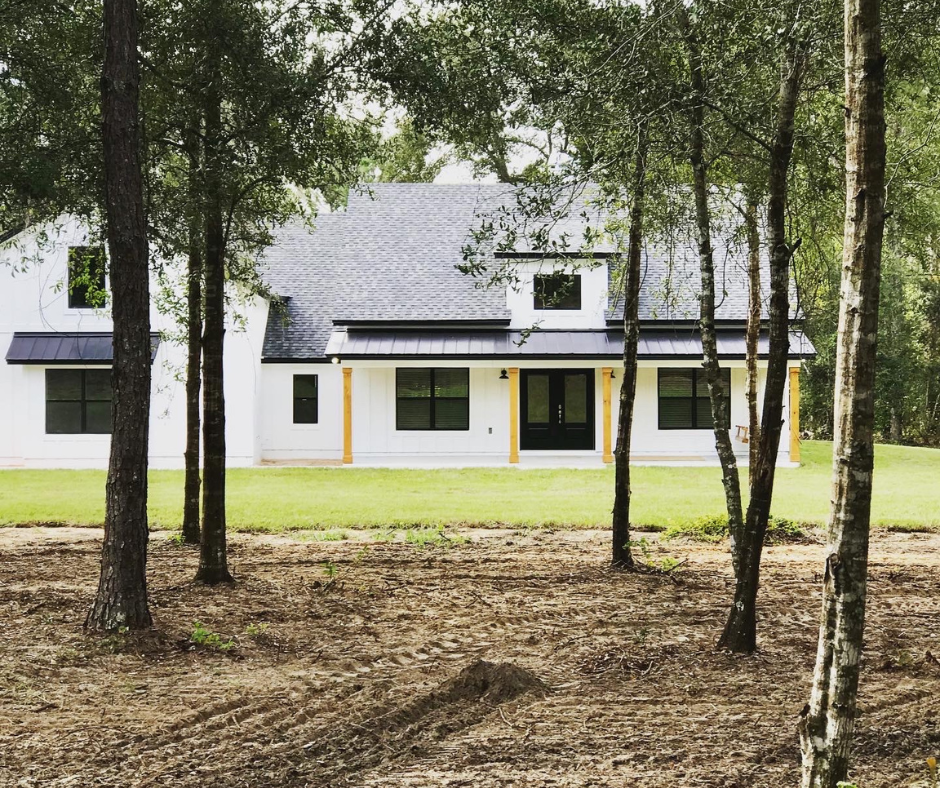Your home is arguably one of your greatest investments. Not only in a financial sense but also in the priceless memories made in it—by you, your family, and friends.
So how do you protect your nest egg and ensure it lasts for generations?
One of the most important ways to ensure your home survives and thrives during the passage of time is to focus on keeping the building envelope secure. But what in the world is a building envelope? We’re glad you asked!
Your home’s building envelope is all of the outside elements that keep a dry, heated, or cooled inside environment—basically a shell that protects what’s inside from what’s outside. How efficient your building envelope is at keeping heated or cooled air in (and their respective opposites out) will have a big impact on your wallet—the tighter the envelope, the more energy-efficient the home will perform and the more resilient it will be.
So how do you make sure your building envelope is tight and free of leaks? Below are areas to consider during the design process of your custom home or to tighten up in your existing home.
It Starts at the Top
Your roof is an important barrier from the harsh Florida elements of heat, rain, and hurricane-force winds. It’s important to perform routine inspections and maintenance on your roof.
Check for broken or missing tiles/shingles and make necessary repairs to ensure that leaks are stopped before damage can happen inside the home. A tile or metal roof will typically be a lifetime installation compared to an asphalt shingle roof, which usually needs replacing after 15 years. An added benefit of a metal roof in Florida is that it reflects sunlight, sending heat away from your home—which improves your energy savings.
If These Walls Could Talk
Next up, ensuring that you have adequate insulation and a weather barrier between exterior walls and decorative stonework are critical steps to avoid water intrusion.
Some builders apply stonework directly to new construction buildings without that barrier or sealant paint which can unfortunately lead to leaks and an improper seal. And again, maintenance is key—keeping an eye out for leaks, stains, rust, and other damage to your home’s exterior will stop problems before they become huge. . . and expensive!
Keeping Out the Critters
Water isn’t the only enemy you need to be concerned about in protecting your home’s building envelope. Termites and other unwanted house guests can wreak havoc on both the exterior and interior structure. Keep the critters at bay by weatherstripping doors and windows in order to avoid both drafts and insect intrusion. Use caulk to seal leaks in windows and paint your home’s exterior at the 5-7 year mark. Be sure to have your home inspected yearly for termites and other damage.
Tight is Right!
By keeping your home sealed up tight, you will avoid costly damage from rain, groundwater, and wind. You will keep out unwanted critters and dangerous gasses, like radon. You will prevent condensation from forming in your walls, foundation, and roof. And you will keep your home comfortably and efficiently heated and cooled, saving you money.
At Westmont…
Our team works hard to use the best products and techniques to provide you with a tight building envelope for your family’s comfort and health and for your home’s long-term well-being.







